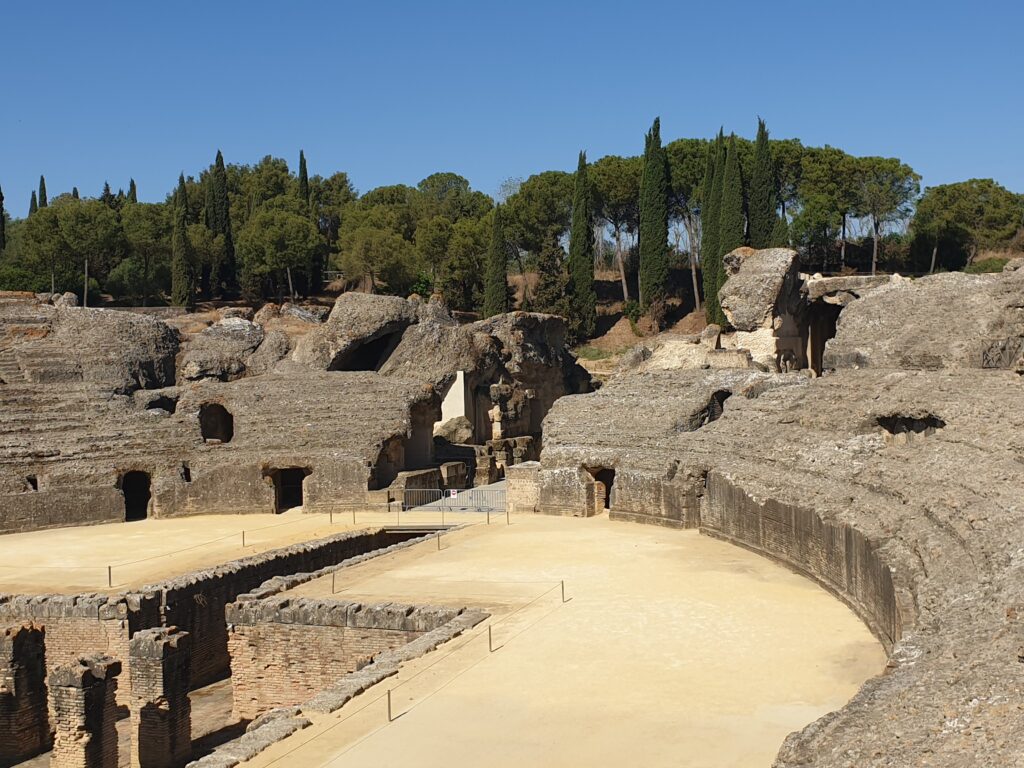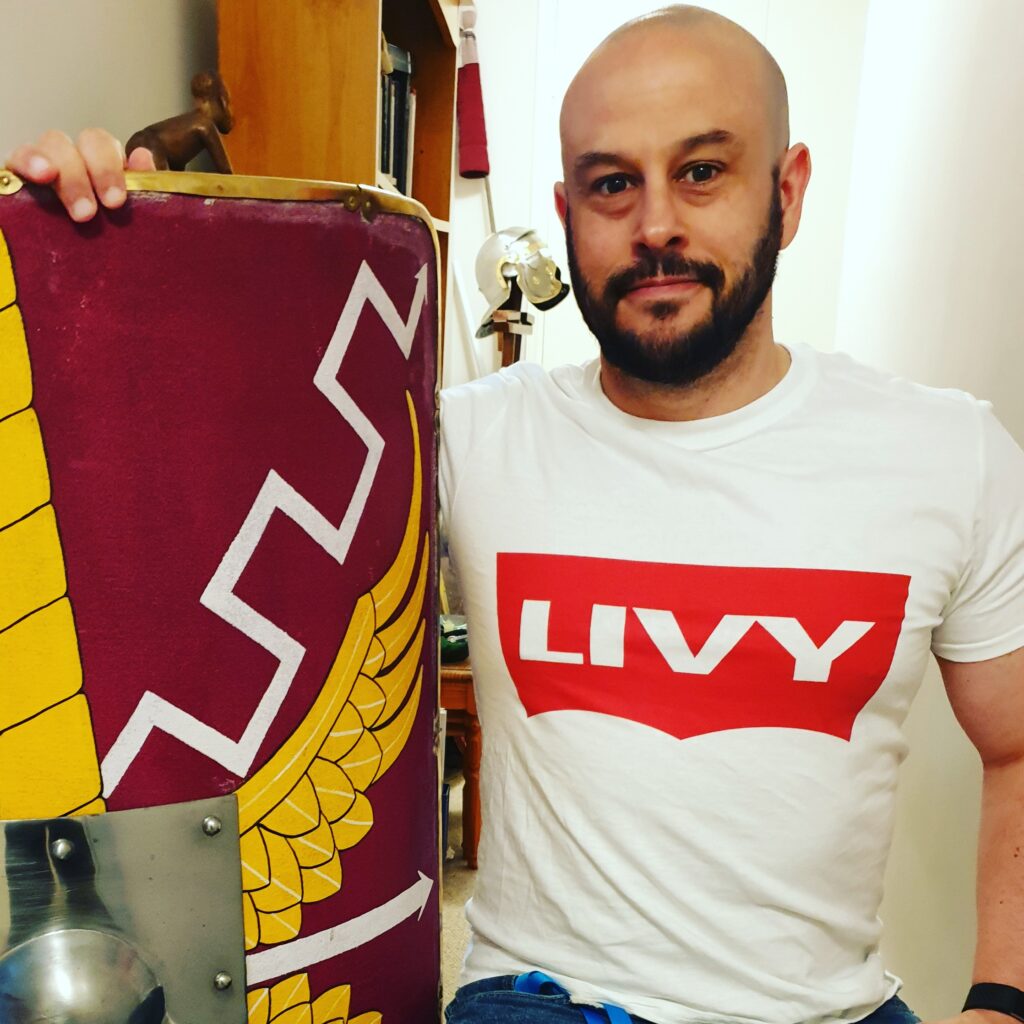In a recent visit to the British Museum I took in the Legion Exhibition. One of the exhibits was highly impactful, it was the skeleton of a man who died at Herculaneum. However, this wasn’t some victim who we knew nothing about. This individual had items which indicated what he was and even what he may have been doing.
Herculaneum, the basics.
When Vesuvius errupted in AD 79 the successive pyroclastic flows affected both Pompeii and Herculaneum in different ways. After 12 hours the column of material firing into the sky became unstable and the result was material rolling down the volcano’s sides in what are known as pyroclastic flows. These are essentially avalanches of hot gas and rock and it’s possible to differentiate these through the compositon and the layer which it left.
Though the date of 24th August AD79 is contested the consensus was that the erruption took place midday, meaning the pyroclastic flows began in the early hours of the following morning (the 25th August if we keep to the current date). The first one, known as S1, was hotter than any which reached Pompeii. Estimates give a range of 555–495 °C, it also left little in the way of ash. The flows which followed did cover the site though.
It was this flow which took the lives of at least 300 people who had made it to the shore and were awaiting evacuation. Many were located in the boat sheds, however, not this individual as he was outside.
The soldier or more?
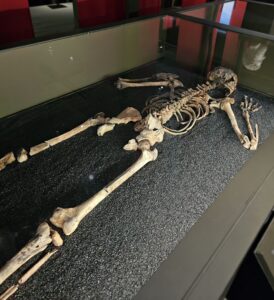
The man, in his 40s was found lying face down in the sand. He was also found with a number of items which give us a clue as to what and why he was there. Around his waist he had two belts which held a dagger and purse and another held a sword. This is thought to have indicated that he was in the military.
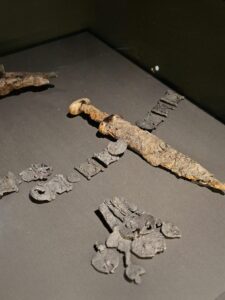
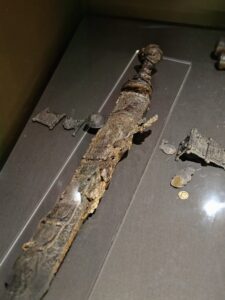
In addition the belt was decorated, the purse too held coins. It’s been suggested that he may have been a member of the Praetorian Guard, sent to help evacuate those seeking safety in the boat sheds (for more on that click here). However, he also had a knapsack which included carpenter’s tools. Perhaps he was a specialist involved in repairing boats on the beach?
Read here for a link to my podcast episodes on Pompeii and there’s also a piece on the Cult of Isis at Pompeii.


